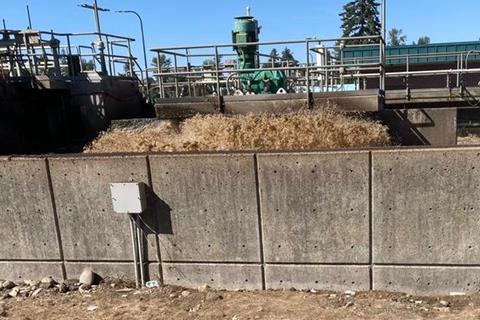An Oregon State University researcher will receive $2.35 million from the Environmental Protection Agency to explore what happens to antibiotics, antibiotic-resistant bacteria and their genes after they reach wastewater systems throughout the United States.

The work by Tala Navab-Daneshmand of the OSU College of Engineering is part of a $9 million federal effort to learn more about the resistance that pathogens develop to the drugs used to combat them.
READ MORE: AI platform for wastewater plants harnesses microbiome and engineering data
READ MORE: Wastewater reveals signs of antimicrobial resistance in aged care
The EPA describes antimicrobial resistance in the environment as a growing health concern, especially as bacteria and their antibiotic-resistance genes spread into surface water. The microbes and genes can travel freely among people, animals and the environment, and the result is that certain infections become less responsive to medicine.
Receptor and source
Wastewater treatment facilities are a major receptor and source for antibiotic-resistant bacteria and antibiotic-resistance genes, the EPA says. The facilities collect a blend of pathogens, resistance genes and antimicrobial drug residues from a range of sources including industry wastewater, households and hospitals, all of which play a role in the high density of pathogens that reach a wastewater utility.
Treated wastewater is typically discharged into aquatic environments, making those environments potential mechanisms for transmitting resistant pathogens and their determinant genes to people and animals through irrigation, recreation or drinking water.
Treatment processes for drinking water are generally effective in eliminating antibiotic-resistant bacteria and their determinant genes, but both have been detected in treated drinking water, the EPA notes.
Because the bacteria and genes evolve quickly and move around easily, it is hard to predict where and when resistance occurs.
40 utilities
Over two years the OSU team, which includes Tyler Radniecki of the College of Engineering and Gerrad Jones and Manuel Garcia-Jaramillo of the College of Agricultural Sciences, will study 40 wastewater treatment utilities serving areas with varied geographic conditions, population demographics and wastewater sources. Researchers will collect samples from throughout the wastewater and biosolids treatment trains.
The group will also conduct a systematic review of literature on U.S.-based wastewater metagenomic data, create a comprehensive library for the data, and perform analyses to understand the impacts of seasonal and regional variations and treatment processes on antimicrobial resistance in wastewater.
“Our work will contribute to a better understanding of how wastewater treatment processes affect the proliferation and removal of antimicrobial resistance markers in a national-scale project,” Navab-Daneshmand said.
In addition to the Oregon State team, groups based at the Water Research Foundation, the University of Nebraska and the University of Wisconsin-Milwaukee also received grants as part of the EPA’s effort to evaluate antimicrobial resistance in wastewater.







No comments yet